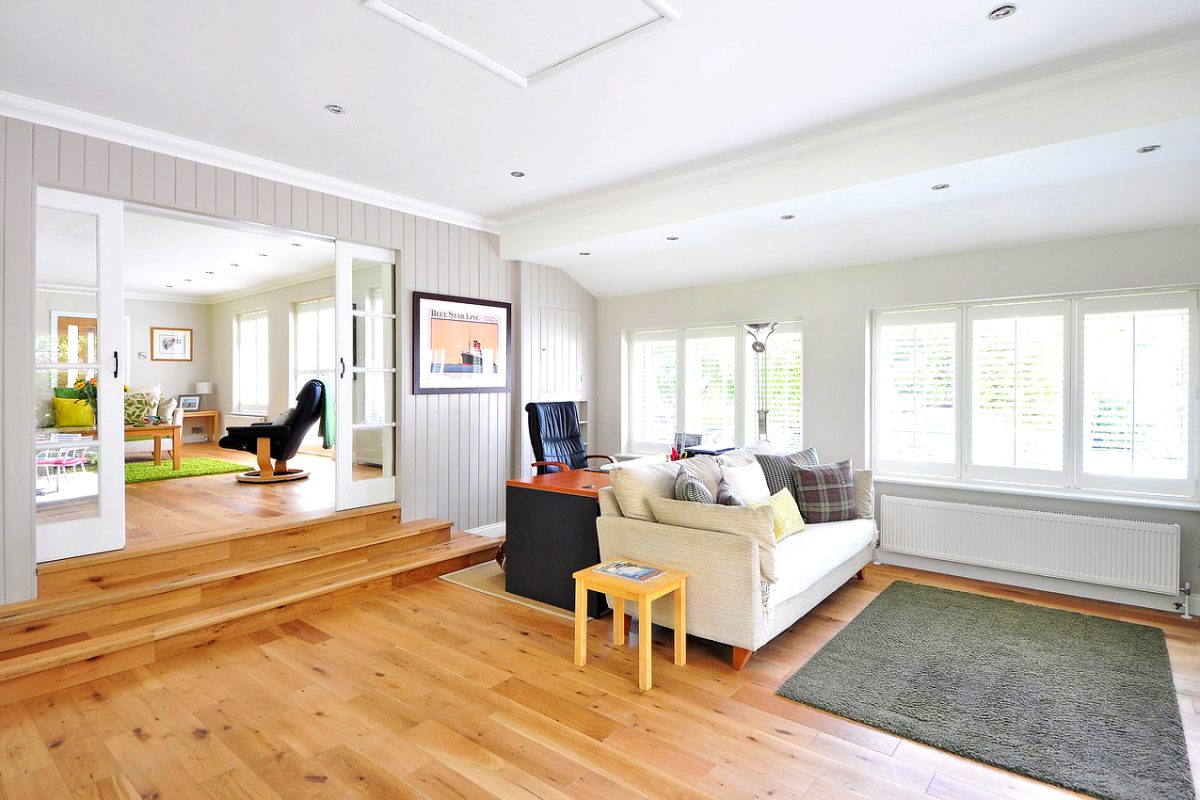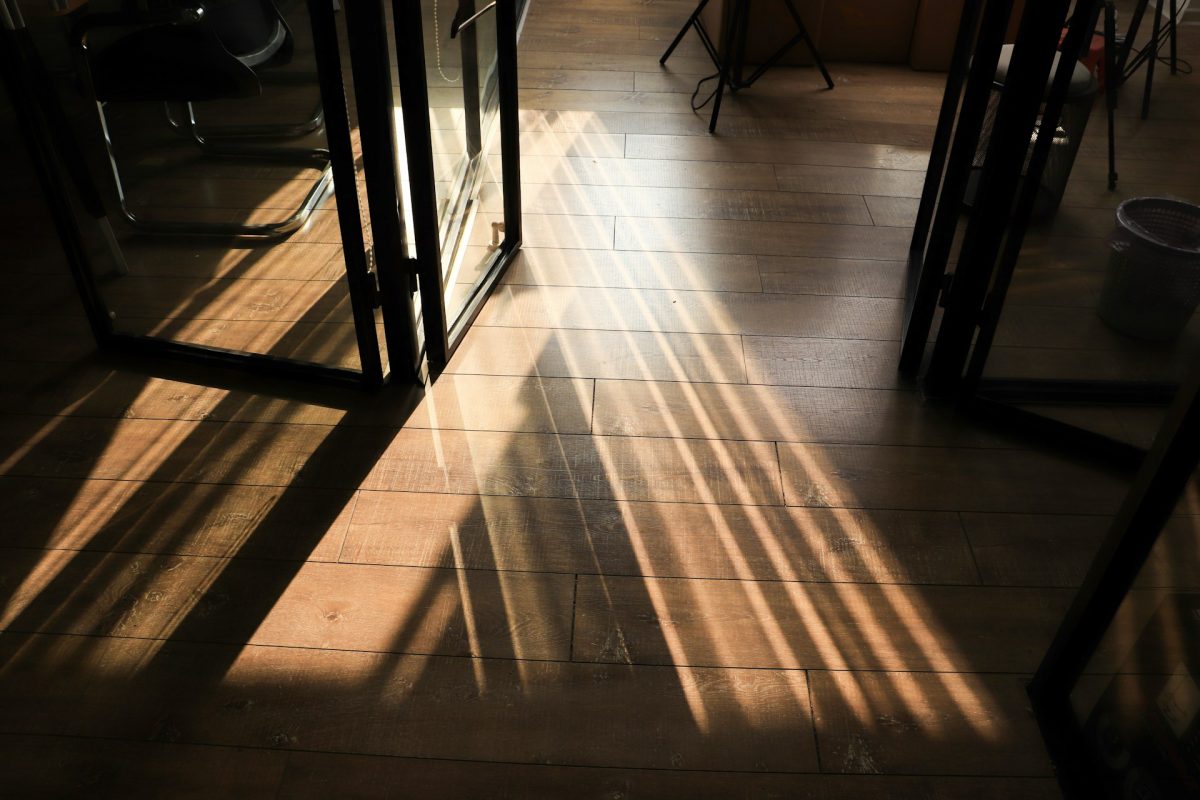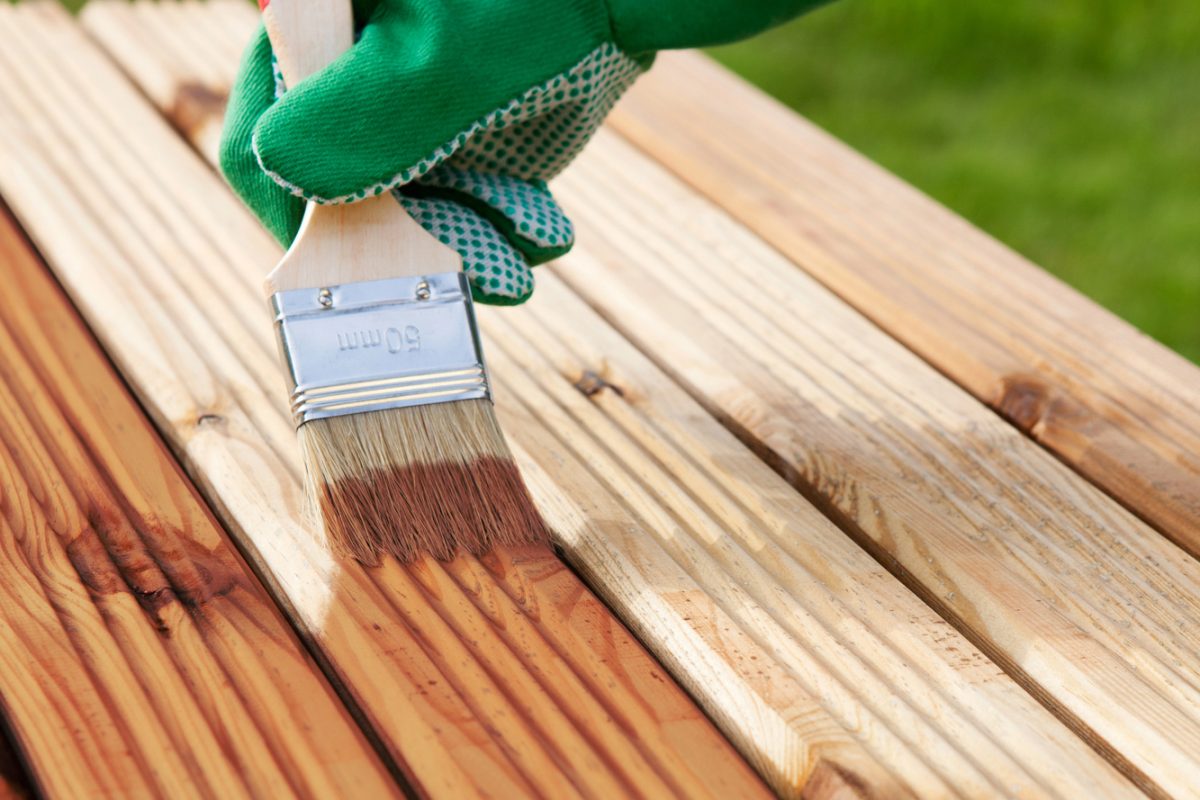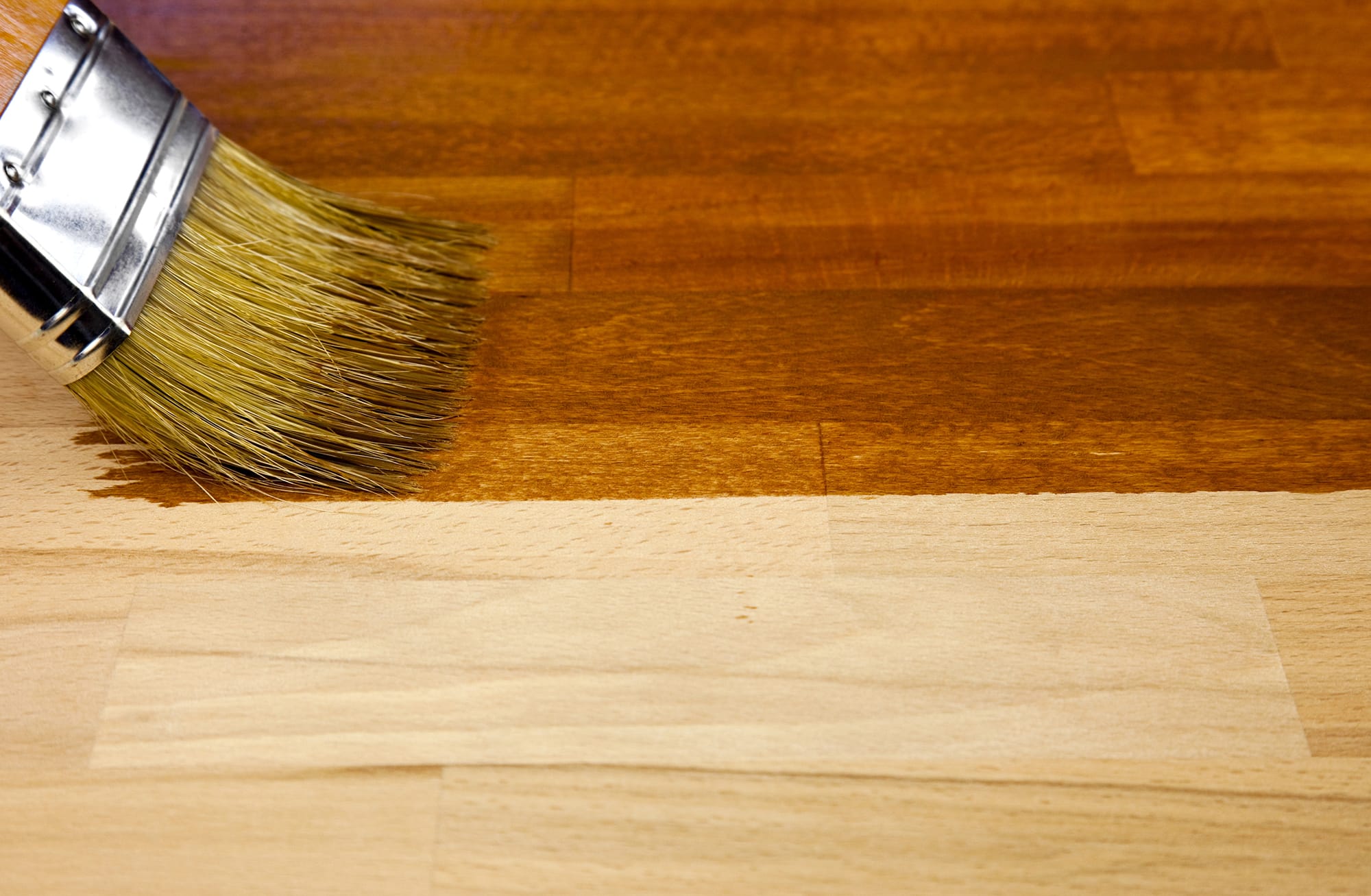Timber floors are a timeless choice, bringing warmth, beauty, and durability to any space. But with finishing your timber floors, the big question is whether to go natural or opt for a stained finish.
We often get asked which is better — natural timber or stained floorboards? Both options bring their own unique flair. It all comes down to what suits your space, style, and the atmosphere you’re trying to create.
In this article, we’ll break down the key factors to help you choose between stained and natural timber flooring. Keep reading to learn more, or contact us at (02) 8425 8999 if you wish to discuss a project.
Natural Timber Floors: Timeless Elegance

There’s something undeniably charming about the natural look of timber. If you love the organic tones and grain patterns of wood, opt for a natural finish. Using clear oils, varnishes, and waxes will protect wood without altering its colour. They enhance the grain’s character while maintaining the original hue, making the floor look more authentic and less processed.
Natural timber floors offer versatility — they easily blend into a variety of interior styles, whether you’re going for a contemporary design or something more traditional.
If your home leans towards darker walls or muted tones, natural timber can provide a beautiful contrast, creating a sense of openness and balance. Plus, with the right maintenance, natural finishes also develop a beautiful patina over time, further enhancing their appeal.
But remember that a natural finish may require more upkeep. Since there’s no additional pigment or colourant in the finish, any imperfections, scratches, or wear over time will be more visible. So if you don’t mind putting in the work and you love the look of aged wood and appreciate the unique character of minor imperfections, natural timber might just be perfect for you.
Stained Timber Floors: Sophistication with a Twist

If you’re after a more refined look, stained timber flooring offers a broader range of colours to choose from. Whether you want a deep walnut finish, a cool ash tone, or a bold dark stain, staining allows you to customise the floor to match your décor and personal style.
Stains can also provide a more uniform appearance, helping to mask imperfections or inconsistent wood grain, which can be a lifesaver when dealing with multiple timber species or boards with noticeable variations.
In terms of durability, stains provide an extra layer of protection against UV rays and general wear and tear. This makes stained timber a great option for high-traffic areas or homes with lots of sunlight. A dark stain, for instance, can give your space a sophisticated, high-end feel while also hiding scratches or marks more effectively than a natural finish.
However, it’s important to note that stained floors require careful application. Achieving an even stain requires skill and precision, making it a task best suited for professionals. Additionally, once stained, the colour is permanent, and any damage may need to be re-sanded and re-stained to maintain consistency.
Durability and Maintenance: How Do They Compare?
With maintenance, both stained and natural timber floors require regular care to look their best. Natural timber floors might require more frequent polishing or oiling, especially if you want to preserve their original luster. Scratches and wear can show more easily on a natural surface, but they can also be sanded out and refinished over time.

Stained timber, on the other hand, offers a bit more flexibility in hiding small imperfections. A darker stain can mask scratches and scuffs better than a clear, natural finish. However, the downside is that once stained, refinishing requires more precision to avoid uneven patches. Plus, you’ll need to periodically refresh the stain and finish to keep the colour vibrant and well-protected.
Aesthetic Flexibility and Style
One of the biggest advantages of stained timber is the wide range of colour options available. You can tailor your floor to match any design theme, from light and airy Scandinavian tones to dark, moody hues that add depth and elegance to a room. This is ideal if you’re looking to make a bold style statement or match your flooring to existing furniture and fixtures.
Natural timber, in contrast, leans into the timeless beauty of wood in its purest form. It suits those who appreciate simplicity and authenticity, offering a classic look that doesn’t compete with other design elements in your home. If your style preferences change over time or you enjoy frequently re-doing your décor, natural timber’s neutral tones provide a flexible backdrop that can adapt to various design shifts.
Choosing the Right Finish for Your Home
Ultimately, the choice between stained and natural timber flooring comes down to your personal preference and lifestyle. If you’re someone who loves the natural character of wood and doesn’t mind a bit of extra maintenance, natural timber floors will offer an enduring beauty that only improves with age. On the other hand, if you want more control over the colour and tone of your floor, along with added protection, stained timber could be the way to go.
Both finishes offer unique benefits, so consider the foot traffic in your home, the level of sunlight your floors will be exposed to, and how much time you’re willing to invest in upkeep. Whether you choose the rich, customizable tones of stained timber or the classic, timeless appeal of natural wood, your floor will be a stunning focal point in your home.
If you need more information or help, contact our team at Abacus Flooring for professional floor sanding and polishing services in Sydney.



